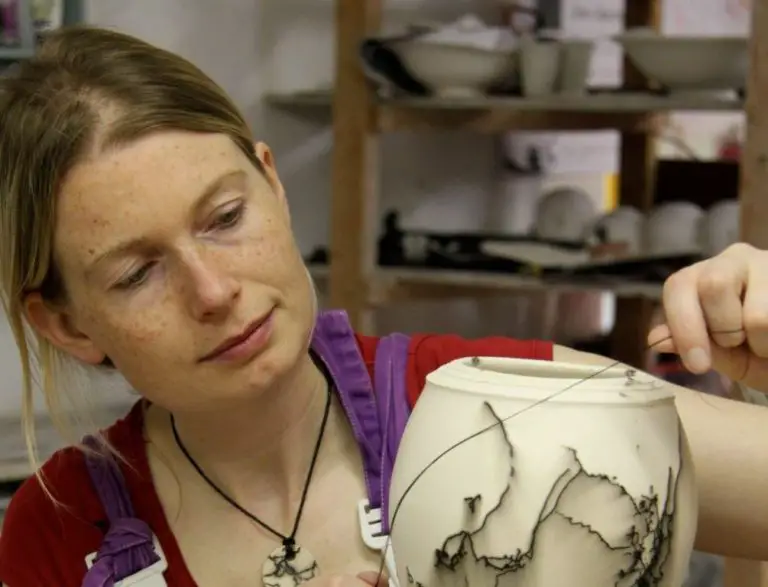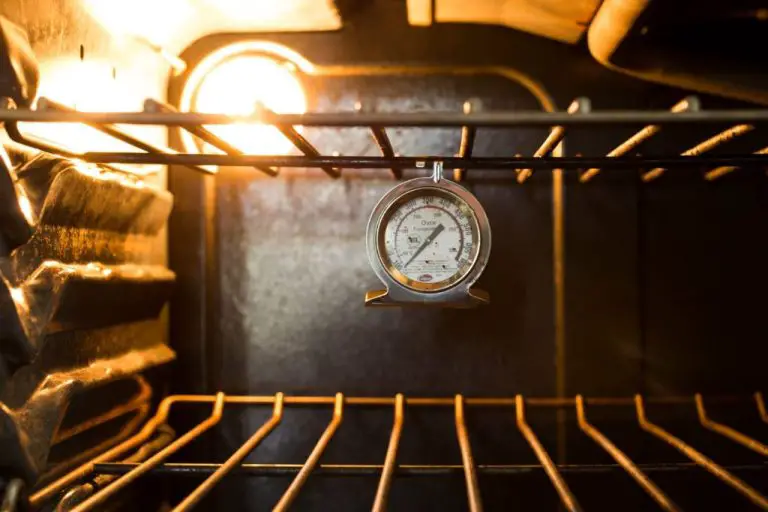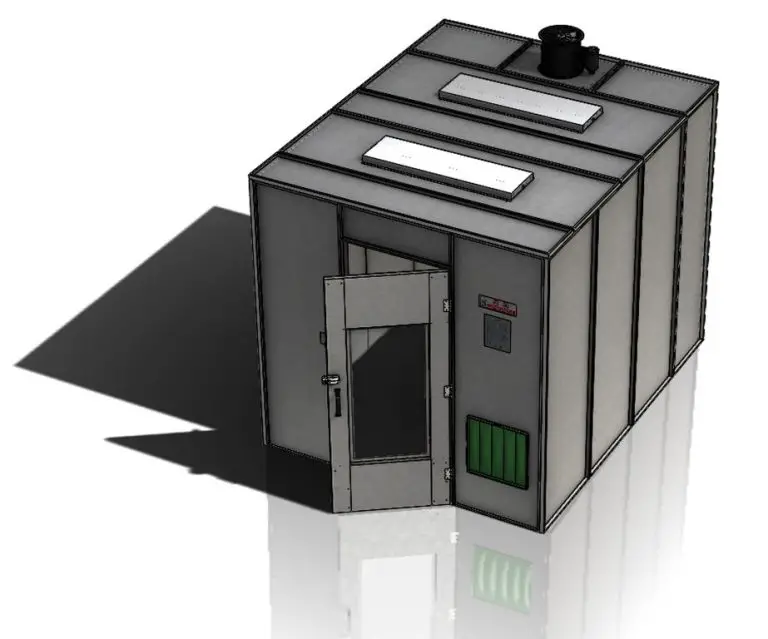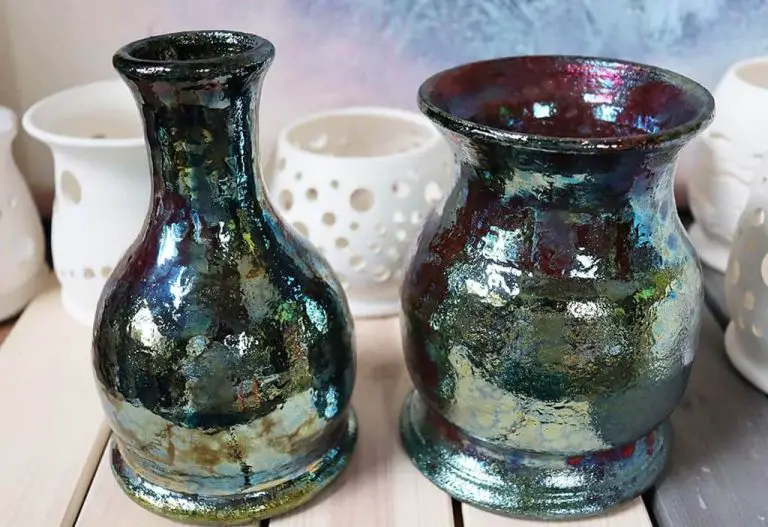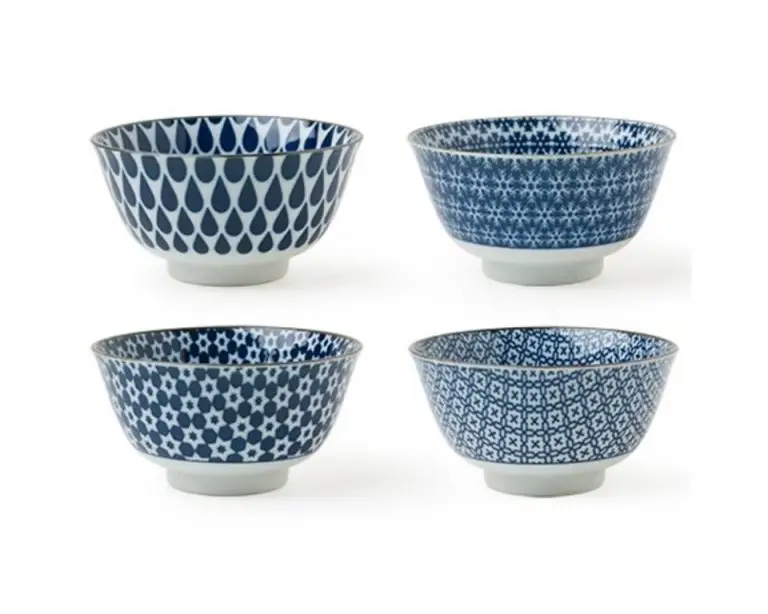Does Clay Vitrify At Cone 5?
Vitrification is the process in which clay is fired to high enough temperatures that the clay particles start to melt and fuse together, forming a dense, glassy material. This transforms the porous clay into a non-porous ceramic material. Vitrification occurs over a range of temperatures, depending on the composition of the clay body.
Clay firing is done according to standard temperature ranges, referred to as “cones”, which correspond to different heat levels. The most common are low-fire (cone 06-02), mid-fire (cone 1-4), and high-fire (cone 5-10). Firing to higher cone numbers results in more vitrification.
Cone 5 is considered a mid-range cone, typically firing between 2165°F – 2205°F. At these temperatures, many stoneware clay bodies will vitrify. However, the actual vitrification depends on the individual clay composition. Cone 5 provides high enough heat for vitrification of some clay bodies, but lower than high fire temperatures.
What is Vitrification?
Vitrification is the transformation of clay into a glass-like amorphous solid through firing in a kiln. As clay is heated, its crystalline structure breaks down and the molecules cross-link, densifying the clay body. Once heated to over 1200°C (2200°F), clay vitrifies and becomes impervious to water. This vitrified glass state is irreversible. [1]
During vitrification, chemically combined water and carbon dioxide are driven off, quartz crystals and other impurities dissolve, and the melting clay molecules fuse. The clay becomes less porous, tighter, and denser as vitrification progresses. Vitrified clay is impermeable to liquids, durable, and resistant to scratches, impact, chemicals, and thermal shock. [2]
True vitrification happens between cone 8 and cone 10 (1121°C – 1235°C / 2050°F – 2255°F) for most stoneware clays. However, the term vitrification is also used more loosely to describe the sintering and viscous melting that occurs at lower cone temperatures. [3]
Vitrification is key to developing a clay’s strength, durability, and functional performance. Clay fired without proper vitrification can be weak, porous, prone to breakage, and unsuitable for functional use.[1]
Clay Firing Temperature Ranges
There are three main temperature ranges for firing clay – low, midrange, and high firing temperatures. Each range produces distinct results in the clay body.
Low firing temperatures are typically between Cone 022 and Cone 01, reaching up to around 1,832°F (1,000°C). Low firing produces a porous clay body that is not fully vitrified. Glazes often remain opaque and matte rather than becoming glassy and transparent at these temperatures.
Midrange firing temperatures occur between Cone 06 and Cone 4, reaching between 2,165°F (1,185°C) and 2,240°F (1,230°C). Most stoneware clays and glazes mature in this range. The clay vitrifies and becomes less porous while glazes start to melt, pool, and become semi-transparent.
High firing temperatures range between Cone 8 and Cone 10, going up to 2,350°F (1,290°C) to 2,450°F (1,345°C). The clay becomes fully vitrified at these temperatures, reaching maximum strength and hardness. Glazes become glassy and glossy.
Some examples of specific cone temperatures:
- Cone 04: 1,945°F (1,065°C) – Low fire
- Cone 06: 2,057°F (1,125°C) – Midrange fire
- Cone 10: 2,381°F (1,305°C) – High fire
Understanding the firing temperature ranges allows potters to select the appropriate clay and glazes to achieve the characteristics they desire in the finished piece. Selecting the right cone for the project is one of the most important decisions in planning and executing ceramic firings.
Source: Ceramic Glaze Firing Range Tips
What is Cone 5?
Cone 5 refers to a specific pyrometric cone used to measure firing temperatures in ceramic kilns. Pyrometric cones are small pyramid-shaped indicators made of specific clay compositions designed to bend and melt at precise temperatures when placed inside a kiln during firing. According to the pyrometric cone chart, cone 5 bends at 2,167°F and melts at 2,205°F when heated at a rate of 108°F per hour (1). This corresponds to a temperature range of approximately 1,165°C to 1,205°C.
Cone 5 represents the low end of the mid-range firing temperatures used in pottery and ceramic work. It is considered a middle temperature (2). Clay bodies and glazes formulated for cone 5 mature and become vitrified between these temperatures. Typical clay bodies fired to cone 5 include stoneware and porcelain clays. Glazes commonly used at cone 5 temperatures include opaque colored glazes, crystalline glazes, and mid-temperature matte glazes.
(1) https://www.clay-king.com/kilns/pyrometric_cone_temperature_chart.html
(2) https://digitalfire.com/glossary/cone+5
Does Cone 5 Reach Vitrification?
Yes, cone 5 does reach full vitrification for most clay bodies. Vitrification refers to the sintering and fusing of clay particles that occurs during the firing process. As clay heats up in a kiln, the molecules begin to move more rapidly. Around 1,832°F (1,000°C), the silica in the clay starts to melt, causing the particles to fuse together. This fusion continues to increase as the temperature rises. By the time the kiln reaches 2,102°F (1,150°C) at cone 5, the clay becomes fully vitrified if the body and firing schedule are properly designed.
During vitrification, the clay transforms from porous and fragile into a dense, strong material that becomes impervious to water. The melting silica forms a glass bond between the clay particles, sealing any pores and creating a continuous mass. While lower temperature firings like cone 06 bisque may start vitrification, they do not achieve complete vitrification throughout the entire clay body. Cone 5 represents a medium temperature range hot enough to fully mature most clay bodies into a hardened vitrified state.
Clay Bodies for Cone 5
When selecting a clay for firing at cone 5, you’ll want to consider the clay type and properties. Some common clay types used at cone 5 include:
- Stoneware clays – These are often mixed clays, combining ball clay, fire clay, and feldspar. They are durable, non-porous when fired, and ideal for functional and decorative pieces.
- Porcelain – Made from kaolin clay, porcelain vitrifies at cone 10 but can be used at cone 5 for certain effects. Porcelain is very white and translucent.
- Earthenware clays – While lower-fire clays, some earthenwares can work at cone 5. However, they tend to be more porous and prone to breaking.
For the clay to vitrify properly at cone 5, you want a clay body that matures at that temperature. Key properties to look for include:
- Higher percentages of fluxes like feldspar to promote vitrification at lower temperatures.
- Fine particle size for a smooth texture.
- Good plasticity for throwing and handbuilding.
- Low shrinkage to minimize warping.
- Good strength and density.
It’s always a good idea to test a new clay at the target temperature before using it for finished pieces. This will ensure the clay vitrifies fully at cone 5 without defects.
Glazes for Cone 5
There are several types of glazes that mature and vitrify properly at cone 5. These include both high fired stoneware glazes and mid-range glazes designed for cone 4-6 firing.
Stoneware glazes for cone 5 often contain ingredients like feldspar, silica, kaolin, and other fluxes and stabilizers. They create glossy surfaces with richer colors compared to low fire glazes. Popular cone 5 stoneware glaze lines include Mayco’s Stoneware glaze series and Laguna’s SG and WC glazes.
Mid-range glazes designed for cone 4-6 can also work well at cone 5. They tend to be more fluxed with ingredients like soda, borax, and lithium to create brighter glossy surfaces and colors. Most major manufacturers offer cone 4-6 glaze lines. It’s best to test compatibility with the specific clay body and firing environment when using mid-range glazes at cone 5.
Firing Tips for Cone 5
The ideal firing schedule for cone 5 starts with a slow preheat up to 300°F, followed by a gradual ramp up to 1800°F and then holding there until the cone reaches maturity. This slow and steady heat up helps prevent cracks and other issues caused by uneven heating.1
Some key tips for even heat distribution when firing to cone 5:2
- Leave at least 1 inch between pieces to allow heat circulation
- Stagger shelves so pieces are not directly above one another
- Place larger pieces on bottom shelves
- Use props or stilts for pieces that may slump
- Make sure kiln is level for even airflow
By following these tips and maintaining an even firing speed, you can achieve consistent cone 5 results.
Results of Cone 5 Firing
Firing to cone 5 results in clay bodies and glazes reaching middle temperature ranges, typically between 2,165-2,205°F (1,185-1,210°C). At these temperatures, clay vitrifies and becomes non-porous.1 Pieces fired to cone 5 should be hard, durable, and fully vitrified if the clay body was formulated properly for that temperature.
Well-vitrified cone 5 pieces will be less porous than low-fire earthenware, but not as vitreous and glass-like as high-fire stoneware or porcelain. The clay will become denser and less absorbent. Glazes often achieve greater durability, adhesion, and visual effects like flowing, crawling, or crystallization at cone 5 temperatures.
If clay or glazes are underfired and do not reach cone 5 temperatures, they will not vitrify fully. The clay will be porous and prone to breaking or cracking. Glazes may turn out gritty instead of smooth, and be more likely to leach or wear over time. Vitrification is key for functional, food-safe ware. Thus firing to the proper cone 5 heatwork is essential.
With optimal cone 5 firing, ceramic artists can produce decorative or functional pieces with moderate vitrification, striking glaze surfaces, and the beginnings of stoneware properties.
Conclusion
To summarize the key points, vitrification is the process of firing clay to the point that the silica and fluxes in the clay body fuse into a glassy solid. The cone 5 temperature range (2165-2195°F) is generally considered to be the point at which most stoneware and porcelain clays become fully vitrified or mature. While some coarse clay bodies or low firing clays may not achieve complete vitrification at cone 5, most standard clays and clay bodies will vitrify between cone 04 and cone 6, with cone 5 being a reliable target for full maturation and vitrification in most cases.
Overall, in response to the main question of whether clay vitrifies at cone 5, the answer is generally yes. Cone 5 is a commonly recommended temperature for vitrification of many clays and glazes. However, firing to the correct cone and temperature is key, as underfiring pieces by even one cone can prevent vitrification. With proper firing, cone 5 should provide full vitrification for most stoneware and porcelain clays.

